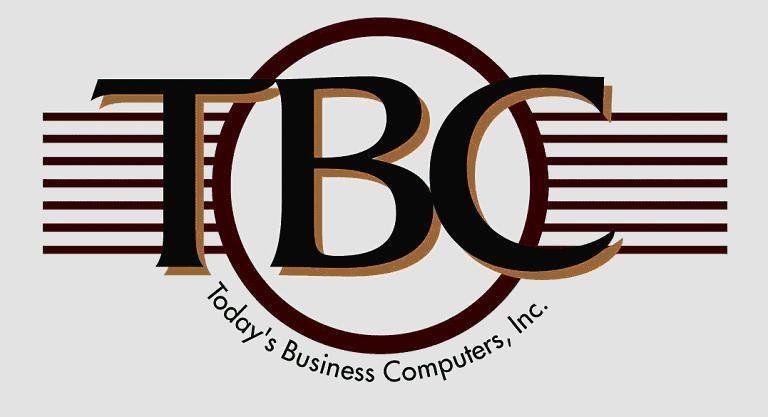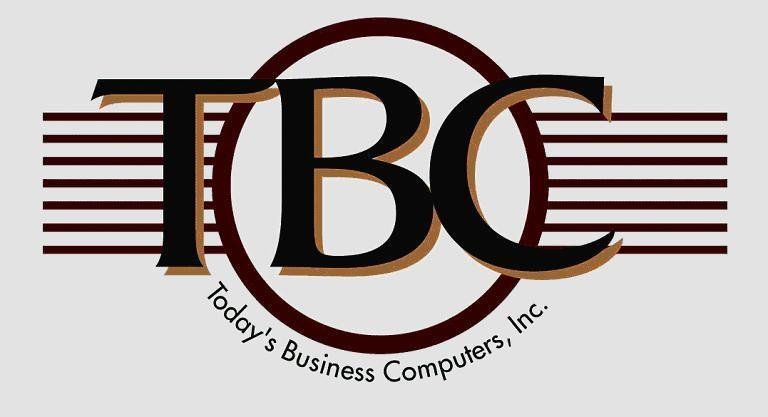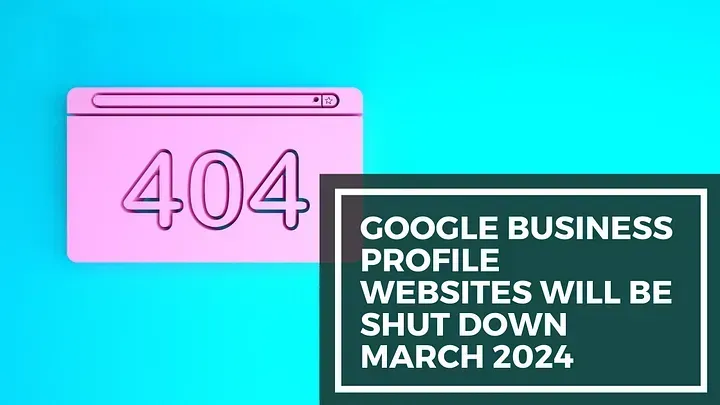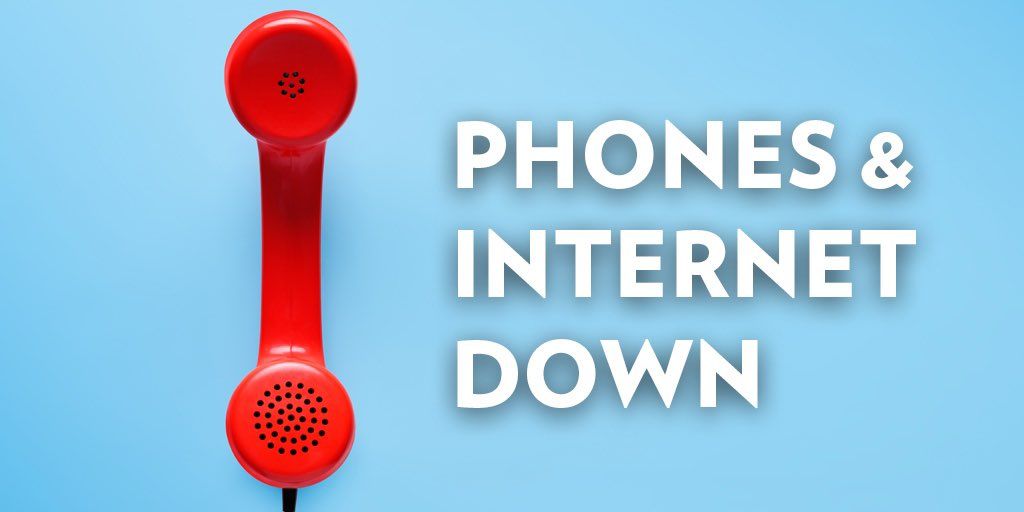How an Online Presence Can Help You Reach a Wider Audience, Establish Credibility, and Stay Ahead of the Competition

For decades, word of mouth has been a powerful marketing tool for businesses. People trust recommendations from friends and family, and positive word of mouth can help businesses attract new customers. However, in today's digital age, word of mouth alone is no longer enough. Businesses need a website to thrive, and here's why:
- Limited reach: Word of mouth marketing is limited to the people within your customers' personal networks. This means that the reach is limited, and businesses are missing out on a vast audience that they could attract through an online presence.
- Lack of credibility: Without a website, businesses may appear unprofessional and outdated in the eyes of potential customers. A website provides an opportunity to establish credibility and showcase expertise.
- Inability to showcase products and services: Word of mouth can only go so far in describing a business's products and services. A website provides a platform to showcase products and services with high-quality images, detailed descriptions, and customer reviews.
- Limited availability: Word of mouth is limited by availability. It relies on customers to recommend the business during conversations or when asked for suggestions. With a website, customers can access the business 24/7, increasing the chance of attracting new customers.
- Lack of data and analytics: Word of mouth doesn't provide businesses with the data and analytics they need to make informed decisions about their marketing strategies. A website can provide valuable insights into customer behavior, website traffic, and other important metrics.
In conclusion, word of mouth may still have some value, but it's no longer enough to sustain a business in today's digital age. A website provides a platform to showcase products and services, establish credibility, increase reach, and provide valuable data and analytics. Without a website, businesses risk missing out on potential customers and falling behind their competitors.











